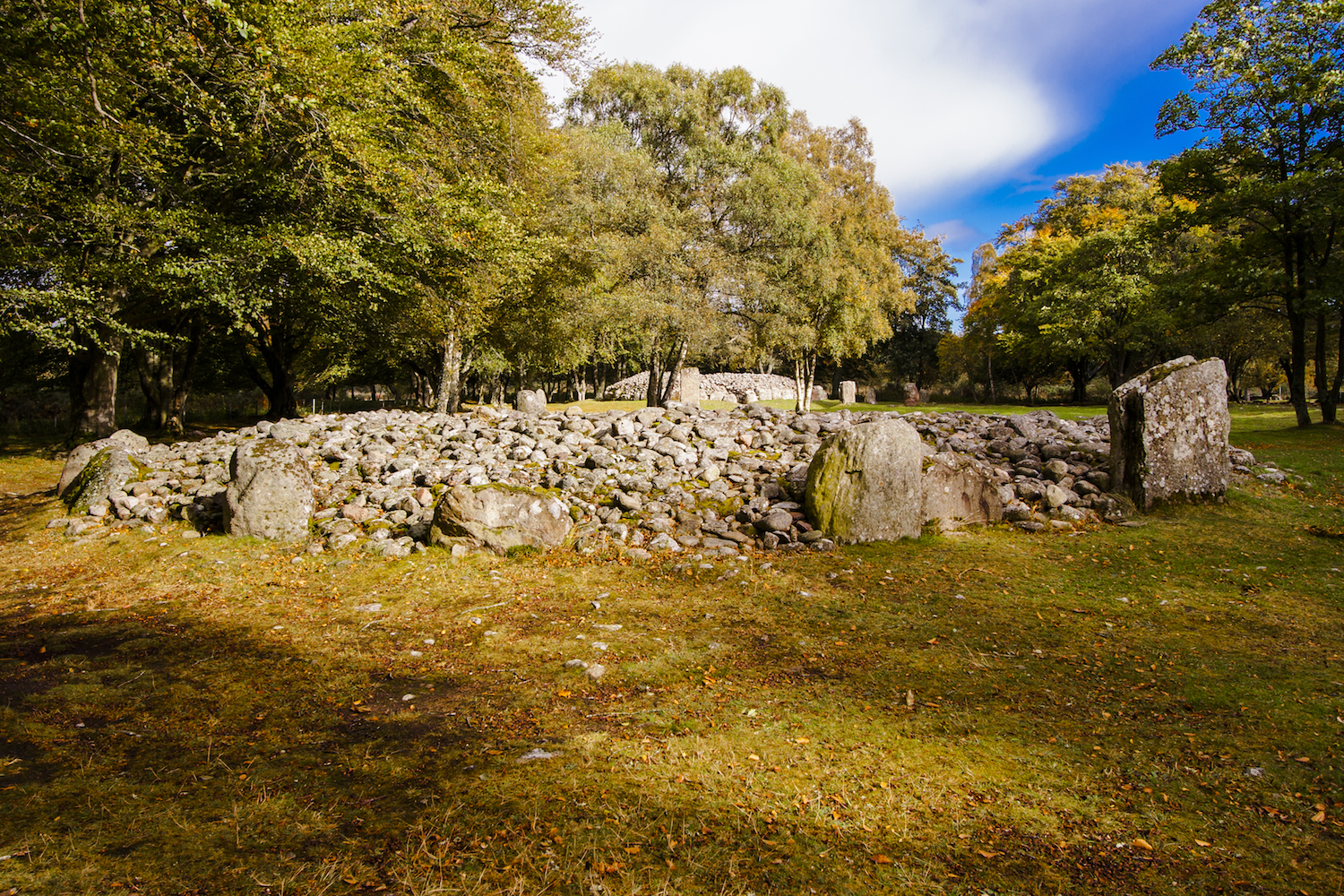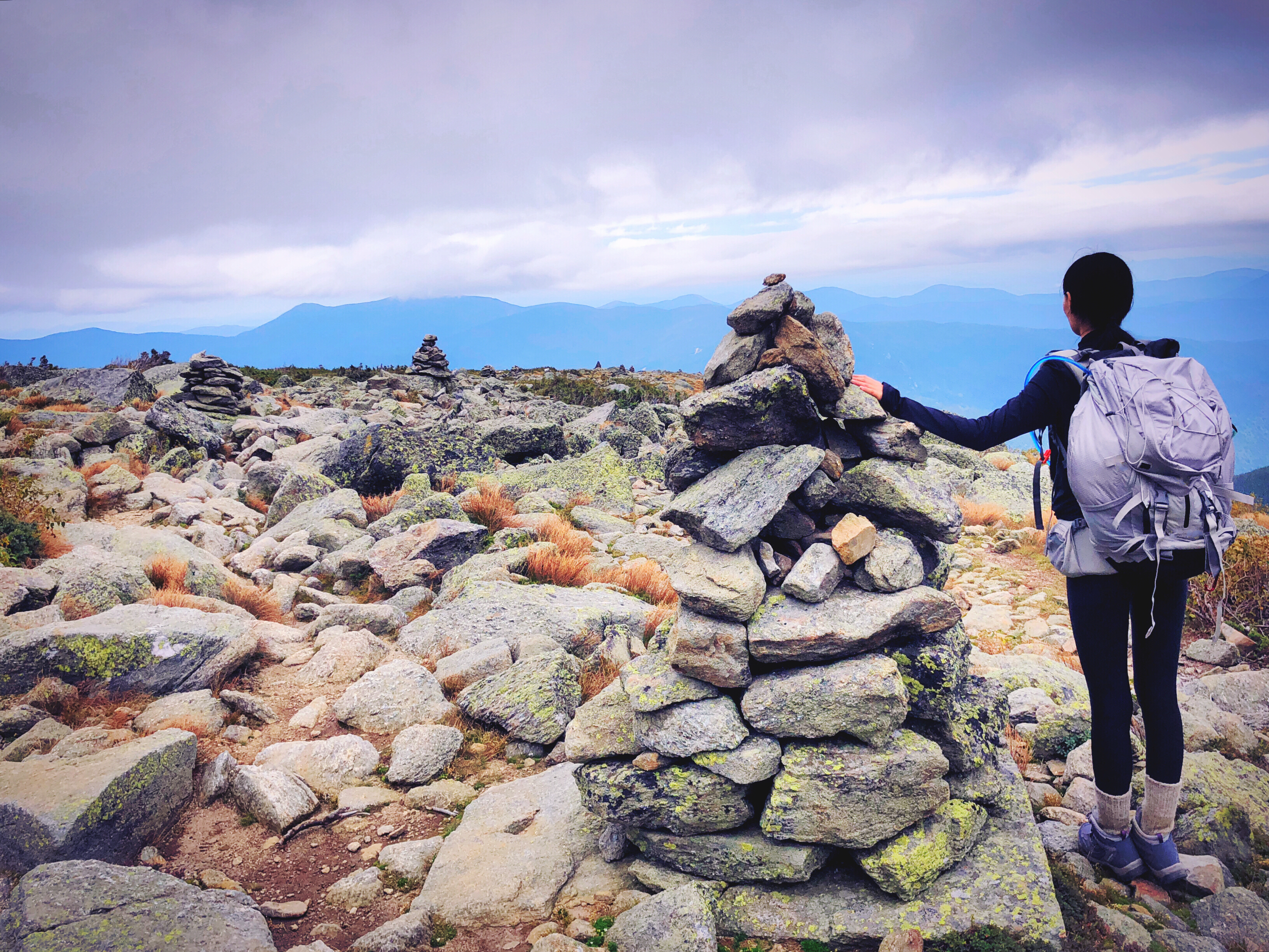What Are Rock Cairns?

Rock cairns are human-made stacks, mounds or piles of rocks. They take different forms, and have been built by cultures around the world for many different purposes. Cairns may serve as monuments, burial sites, navigational aids (by land or sea), or ceremonial grounds, among other uses. They may stand alone, in clusters, or in a network of related cairns; for example, as trail markers in a park.
Larger cairns can withstand time and weather, and archaeologists believe that some examples are hundreds of years old. Rock cairns are considered cultural features, or parts of a landscape built by humans. They're similar to works built with larger stones, such as megaliths, earthen mounds or stone geoglyphs, which are stones arranged to outline an image when seen from above.
Cairns aren't just structures — their locations may be carefully chosen, and the construction process or ceremonial use may be culturally important. Because of this, rock cairns can be "very difficult to understand without looking at a landscape scale," said María Nieves Zedeño, an archaeologist at the University of Arizona. [Spectacular Images Reveal Mysterious Stone Structures in Saudi Arabia]
Trail markers and art projects
While many cairn traditions are very old, one type of cairn-building feels distinctly modern. There's a controversial trend of artistically stacking stones in the wilderness, expressly to post pictures to social media. Conservationists criticize these amateur stacks, saying they can be confused for trail markers, and lead hikers astray. They also note that these amateur piles can disturb wildlife when they're built or fall apart and that they leave a human mark in places that should be left in a more natural state.
Most of these artistic stone stacks are not easily confused with older cairns, which, over hundreds of years, have had soil and vegetation build up around the rocks. Historical cairns may be so old that they've sunken into the ground, have been covered in lichen, or are otherwise obscured from view.
The scale is also typically different. Older cairns may be made of stones too large for a single person to easily move, or they may consist of thousands of individual rocks. For example, at a Mohican stone memorial pile at Monument Mountain, in western Massachusetts, it was customary for visitors to add a stone. The votive cairn was 18 feet long and 6 feet high when it was first described in detail by a colonist in 1762, said Lucianne Lavin, the director of research and collections at the Institute for American Indian Studies in Washington, Connecticut.
What were rock cairns for?
The word cairn comes from Scottish Gaelic. In Scotland, burial cairns are well-known, but there are many possible uses for cairns, which vary from culture to culture.
Get the world’s most fascinating discoveries delivered straight to your inbox.
In the West, native peoples have sometimes constructed burial cairns, Zedeño said, but there's no clear evidence for astrology-based cairn positions. Instead, at memorial sites that are sometimes confusingly called medicine wheels, a central cairn might be surrounded by other cairns that point toward important places in a person's life.
In Montana, Zedeño has studied a series of cairns built around 500 years ago by the ancestors of modern-day Blackfeet Indians to funnel herds of buffalo to their death at cliff sites called buffalo jumps. The cairn construction displays a great deal of organization and understanding of buffalo behavior. "A site could have anywhere from 500 to 5,000 cairns," Zedeño said. "It's very large-scale landscape engineering."
In the northeastern United States, grave sites are just one possible context for cairns, Lavin said. They take other forms, including animal effigies and split stones filled with smaller rocks that are considered portals to the underworld. There are also stone ceremonial grounds that were built in spiritually significant places, with astrological stones that marked the position of celestial bodies in the sky at the start and end of dayslong festivals.
But the origin or purpose of Native American cairns or other stone features is often disputed in the region. "There are some archaeologists who think that everything is farm clearing," Lavin said. In other words, the stones are just piles of rocks that have been pulled from an agricultural field. "There are other archaeologists, including myself, who realize that there are a diversity of features out there." She points to records from settlers, like the accounts of Monument Mountain, as evidence that Native Americans were building stone structures in Colonial America.
The question isn't just academic. Cairns are sometimes destroyed by construction, and recognition of these sites by the government is critical to preserving their ongoing cultural value to Native Americans, Lavin said.
Additional resources:
- Read a statement about rock cairns from the National Park Service.
- Learn more about Zedeño's work on buffalo jumps at Archaeology.org
- View cairns in a location database from Historic Environment Scotland.
Correction: This article was updated on June 17, 2019 to state that the ancient cairns in northeastern United States may have served various cultural purposes and grave sites are just one possibility.



